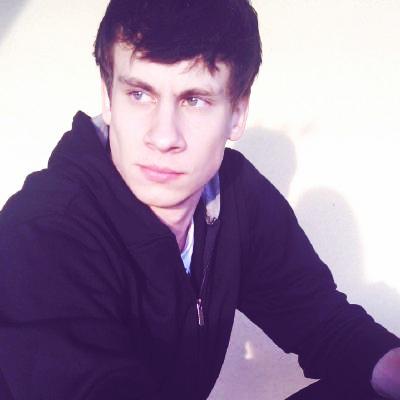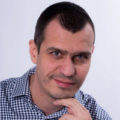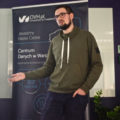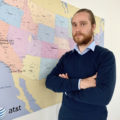OpenInfraDays 2019
Agenda


Over the past year the mission of the OpenStack Foundation evolved, from supporting the production of OpenStack software, to supporting the open development of open infrastructure solutions. In this talk, Thierry Carrez, VP of Engineering at the OpenStack Foundation, will look back at this transition. We’ll explain what we mean by open development, and what we mean by open infrastructure.
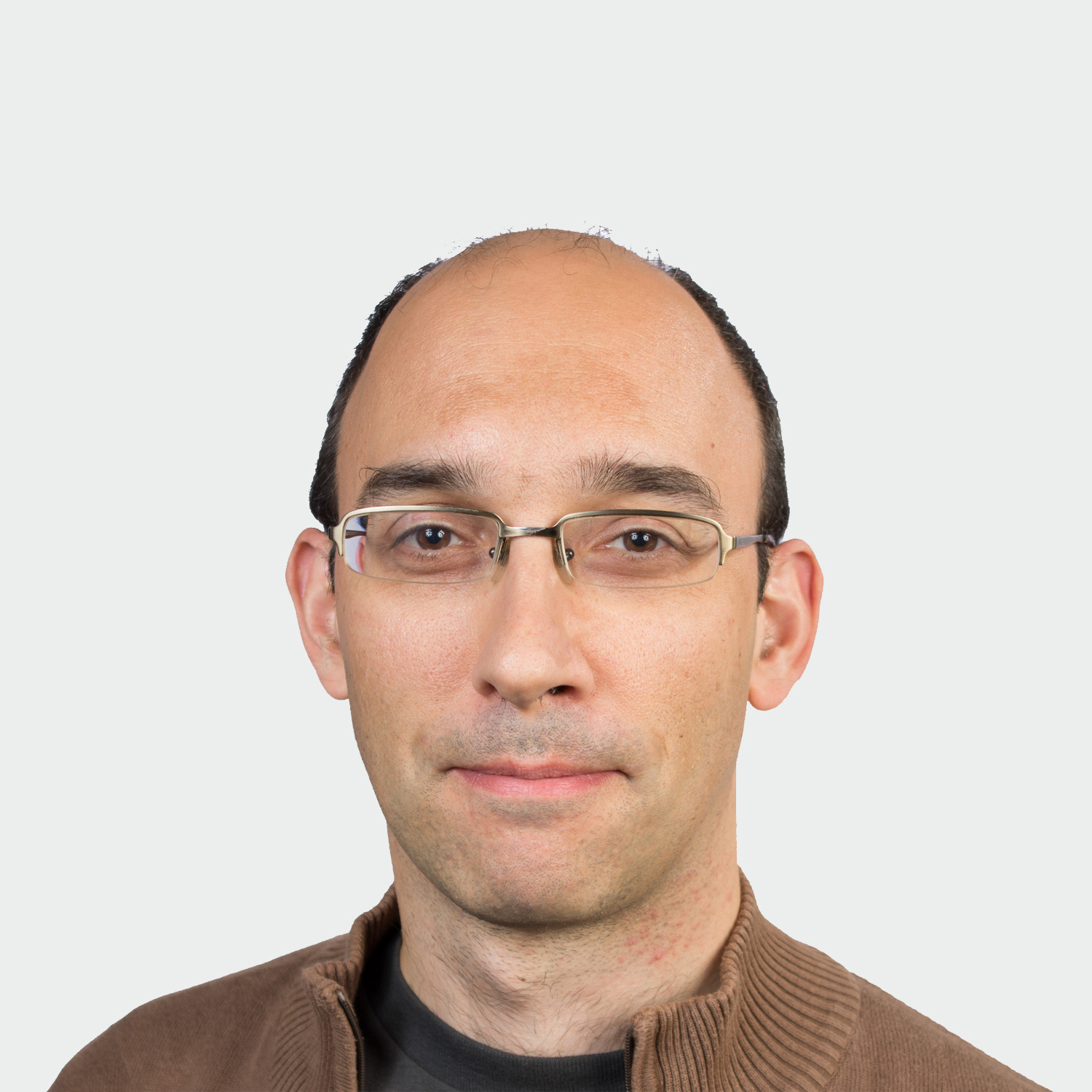

Over the past year the mission of the OpenStack Foundation evolved, from supporting the production of OpenStack software, to supporting the open development of open infrastructure solutions. In this talk, Thierry Carrez, VP of Engineering at the OpenStack Foundation, will look back at this transition. We’ll explain what we mean by open development, and what we mean by open infrastructure.


Over the past year the mission of the OpenStack Foundation evolved, from supporting the production of OpenStack software, to supporting the open development of open infrastructure solutions. In this talk, Thierry Carrez, VP of Engineering at the OpenStack Foundation, will look back at this transition. We’ll explain what we mean by open development, and what we mean by open infrastructure.


Companies are becoming more and more software-centric. By using a software-defined infrastructure (SDI) to transform data centers, SUSE drives innovation and supports the adoption of DevOps methodologies and processes. Learn how to leverage the latest open source innovations for your SDI


Companies are becoming more and more software-centric. By using a software-defined infrastructure (SDI) to transform data centers, SUSE drives innovation and supports the adoption of DevOps methodologies and processes. Learn how to leverage the latest open source innovations for your SDI


Companies are becoming more and more software-centric. By using a software-defined infrastructure (SDI) to transform data centers, SUSE drives innovation and supports the adoption of DevOps methodologies and processes. Learn how to leverage the latest open source innovations for your SDI


Why is this?
- DevOps is not that difficult to understand, but it has a huge impact on the way people need to behave.
- DevOps is often seen as a technology solution – automated coding, deployment, testing.
- DevOps is not a framework or method. It is an approach, a philosophy based on principles.
Learn more about DevOps!
- Learn more about the practical implementation of DevOps
- Learn how to develop collaboration within your teams
- Learn more about how to increase business value
The workshops sessions are required separate registration!
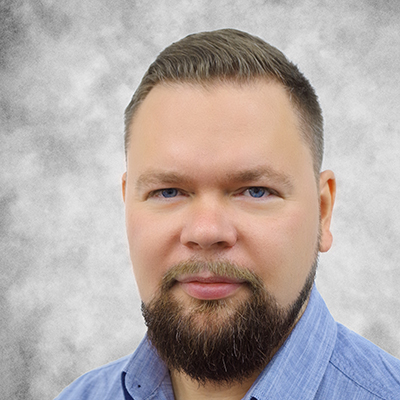

We very much like that OpenStack and Kubernetes platforms are constantly evolving thanks to one of the fastest growing open source communities in the world, writing more than 20M lines of code. Impressive! However, while being grateful for this innovative open source technology your IT team should still investigate the importance of optimizing the Open infrastructure system. What are the Open Source tools for that? Can your business achieve high resource utilization efficiency for the data center operations? Can it be done in real time without affecting the business?
This presentation aims to explore and answer to all these questions, especially to present how optimizing resources utilization enables an OpenStack and Kubernetes environment to achieve reduced cost and improved speed, and how your open infrastructure system building on OpenStack can achieve efficiency levels that is otherwise unmatched. In order to achieve high resource utilization efficiency, there are 2 situations that we think we need to handle:
• Given a particular set of new VMs to be initiated, where should the VMs be placed, considering live resource utilization across the entire facility?
• Given a set of VMs running within the facility, how can the VMs be packed onto the optimal number of servers while catering to the resource requirements of the VMs, without performance impact?
For OpenStack, we will show at least one solution of optimized resource management. For Kubernetes, this scheme hinges upon Kubernetes pods running within VMs.

Podczas wystąpienia omówimy możliwość wykorzystania urządzeń QNAP NAS z serii Enterprise jako storage dla środowiska OpenStack. Zaprezentujemy konfigurację urządzenia i środowiska a także opowiemy o mechanizmach pozwalających na zwiększenie bezpieczeństwa danych i zachowanie ciągłości działania.



Magnum, Kolla (Ansible i K8s), Kuryr, LOCI, Zun, Stackanetes, OpenStack-Helm, Fuxi, OpenStack Cloud Provider. Brzmi jak lista niezrozumiałych słów i skrótowców? OpenStack w kontenerach, na Kubernetesie, na nim Kubernetes korzystający z tego samego Cindera, a obok kolejny Kubernetes dzielący z OpenStackiem Neutrona – nie ma sensu? W takim razie ta prezentacja jest dla Ciebie! Jej celem jest wyjaśnienie jakie są use case’y integracji OpenStacka z Kubernetesem i ogólnie kontenerami oraz prezentacja projektów, które je implementują.
OpenStack to zbiór około 50-ciu projektów mających różnorodne zadania. Część z nich powstała na fali technologicznego zachłyśnięcia się konteneryzacją i Kubernetesem jako próby integracji OpenStacka z tymi rozwiązaniami. W tej prezentacji przedstawiony zostanie każdy z nich – jego historia, założenia, zasady działania, „kruczki” i obecny stan. Wszystko przedstawione przez osobę, która była wewnątrz społeczności OpenStacka gdy powstawały, rozwijały się i osiągały „production grade”.
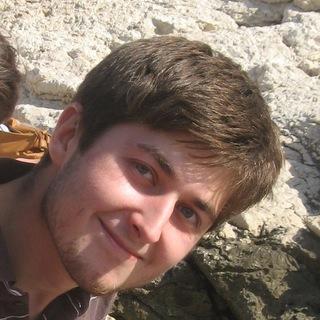

Omówienie wybranych kluczowych kwestii związanych z projektowaniem i wymiarowaniem, pojawiających się przy przechodzeniu na Software-Defined Storage. Jak dobrać CPU, RAM oraz urządzenia sieciowe, aby zmaksymalizować wydajność bądź opłacalność – zależnie od priorytetów.
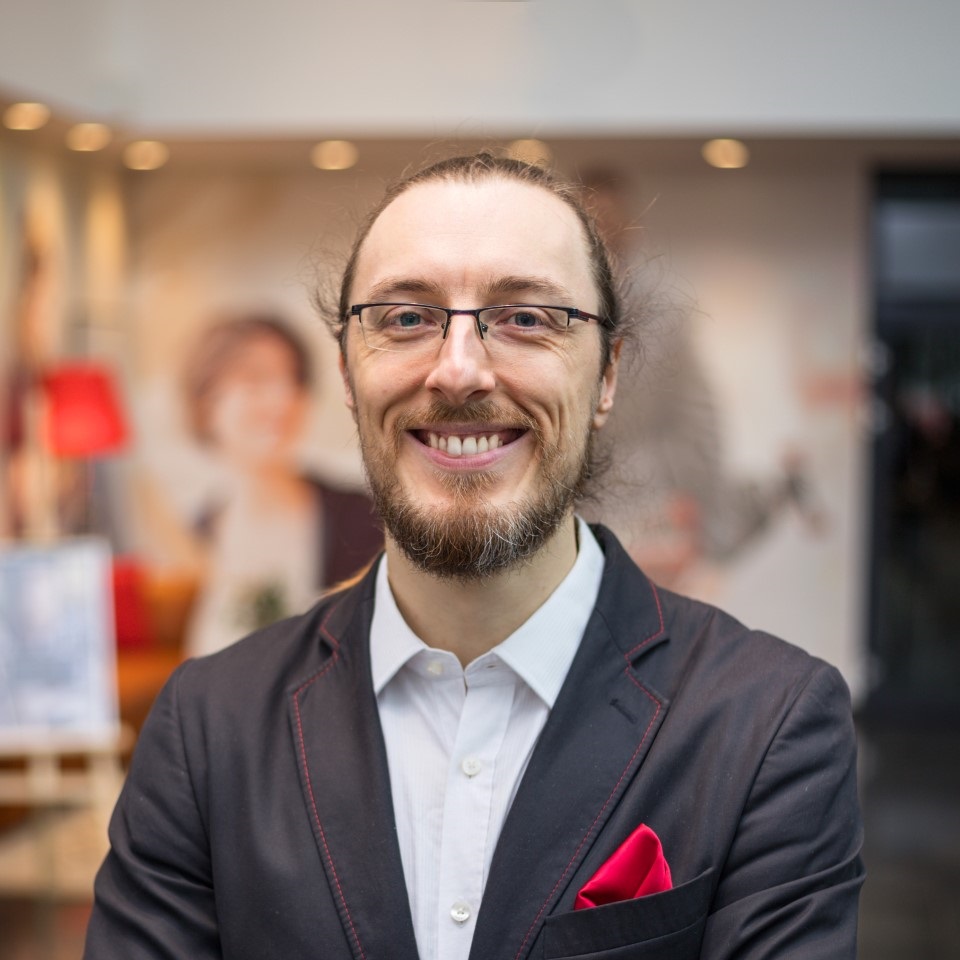

Zaawansowany praktyczny wykład dotyczący Bezpieczeństwa i Firewalli w Multi Cloud i Data Center. Przedstawienie praktycznie bezpieczeństwa w Multi Cloud i Data Center. Zapewnienie bezpiecznego połączenia pomiędzy Cloud, a Data Center i bezpieczne udostępnienie usług Cloud w sieci Internet. Zaawansowane wprowadzenie w wybrane elementy techniczne z pierwszej części wykładu.
Strategia Multi Cloud przy połączeniu usług z kilku Data Center. Bezpieczeństwo architektury połączonej z kilku własnych Data Center, zewnętrznych firm Data Center oraz publicznych Chmur obliczeniowych. Zastosowanie systemów Firewall jako podstawowego elementu ochrony – przedstawienie przykładów systemów Firewall na styku z siecią Internet, Firewall wewnętrznych. Zobrazowanie budowy od podstaw takich rozwiązań i przykłady zmian jako rozbudowy istniejących środowisk. Przedstawienie różnych systemów Firewall Open Source i komercyjnych, zastosowanie różnych Hypervisior Open Source KVM, FreeBSD/bhyve, OpenBSD vmm/vmd oraz komercyjnych VMWare, Xen, RHEV. Firewall OpenBSD PF, Linux IPTables, FreeBSD IPF/IPFW. Komercyjne CheckPoint, PaloAlto, A10, Juniper. Zastosowanie przykładów z użyciem największych publicznych chmur obliczeniowych. Przykłady SDN z użyciem Open vSwitch, klastrów i przykłady użycia środowisk Multi Cloud do utrzymania realnych usług w sieci Internet. Przykłady połączeń VPN, połączeń tuneli GRE. Całość w oparciu o globalną infrastrukturę. Czyli od pomysłu do realizacji, przez utrzymanie, zarządzanie, monitoring i bezpieczeństwo takiego środowiska.
W skrócie – Cloud, Firewalle, Bezpieczeństwo i Data Center. Wiele przykładów zastosowań Open Source (OpenBSD, bhyve/FreeBSD, KVM, Open vSwitch, HAProxy, ICINGA, Shinken, Ganglia, OpenVAS, Suricata, Racoon2, StrongSwan, OpenStack, Bro IDS, iptables, ebtables, ipf, ipfw, pf, Linux/Debian) do budowy środowisk klasy Enterprise.
W tym praktyczne użycie chmur w ujęciu multi Cloud AWS, Azure, Google, Oracle i IBM.


Cloud-native applications are on a rapid rise, which brings a proliferation of serverless environments and containers. While this can help you deliver innovations faster, is there a downside?
Whatever your deployment model is, when it comes to securing your infrastructure, being proactive rather than reactive is a must for technology-related priorities to stay on track.
During the session I’m going to present how linux “hot patching” can help administrators staying up-to-date with security fixes. I will discuss various aspects that should be considered when it comes to container images security, and finally I’m going to introduce Project Kata – a hybrid model of deploying applications with the flexibility and ease of use of containers and with the security level of VMs.


Praktyki Continuous Integration / Continuous Delivery dają developerom doskonałe narzędzia do szybkiego i efektywnego wdrażania nowych aplikacji bez konieczności ręcznego alokowania zasobów po stronie serwerów, sieci czy bezpieczeństwa. Dla działów bezpieczeństwa najistotniejsze jest zapewnienie ciągłości pracy aplikacji i zabezpieczenie przed wyciekiem danych, a praktyki CI/CD z uwagi na brak kontroli nad zmianami stanowią potencjalne zagrożenie.
- Jak pogodzić konflikt interesów różnych działów IT?
- Gdzie są granice odpowiedzialności?
- Czy trzeba rezygnować z elastyczności i szybkości zmian na rzecz bezpieczeństwa?
Na te i inne pytania będziemy szukać odpowiedzi podczas niniejszej prelekcji.
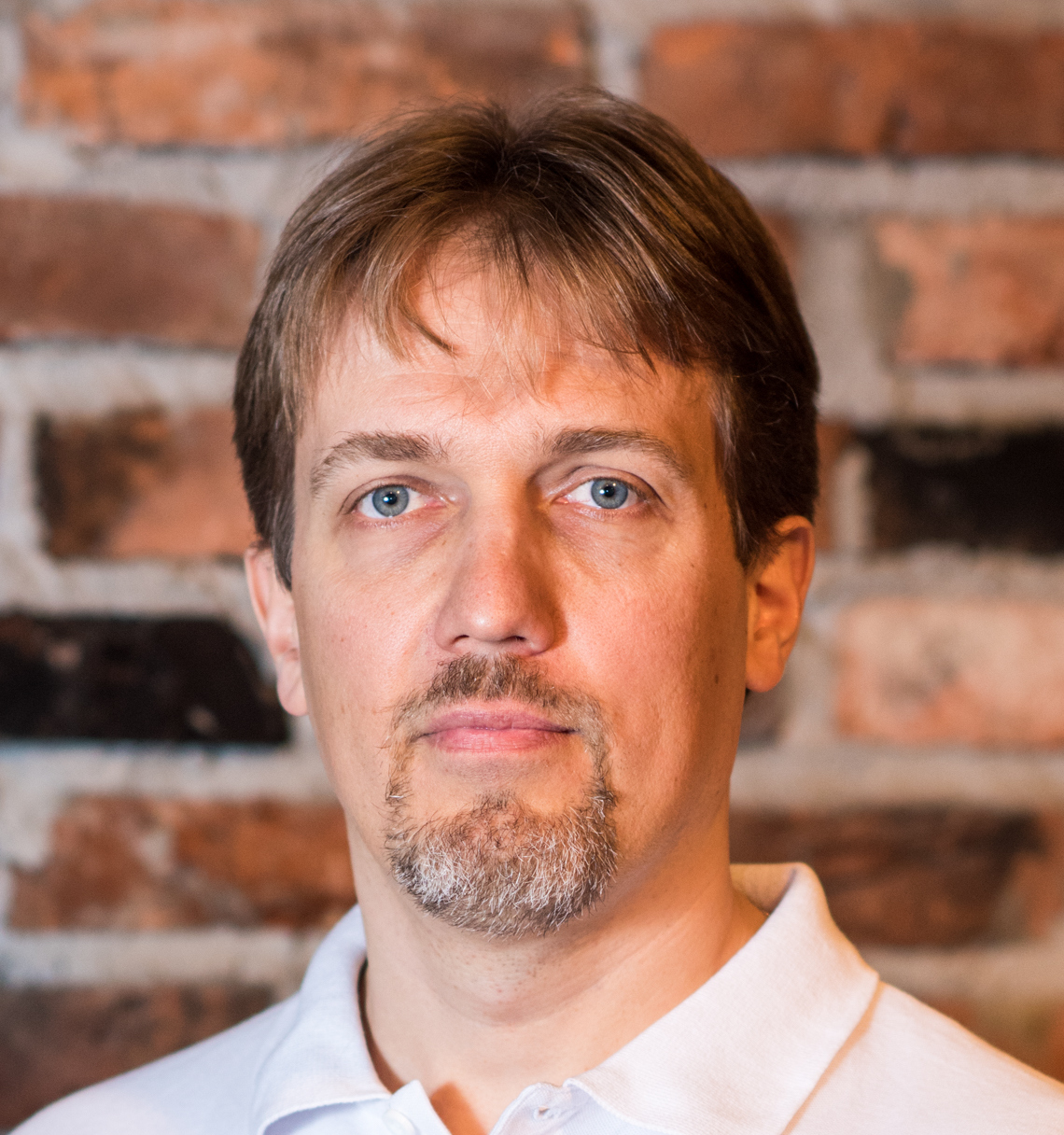

Have you ever wonder how to connect compute hosts and instances in your datacenter and manage their interfaces from central point? Maybe OVN (Open Virtual Network) can be an answer for this demand. In my talk I will explain the basic concepts of this solution as well as show example use cases. Moreover, I will present how to configure it for both L2 and L3 networking. Finally, I will talk about integration between OVN and OpenStack.


Why is this?
- DevOps is not that difficult to understand, but it has a huge impact on the way people need to behave.
- DevOps is often seen as a technology solution – automated coding, deployment, testing.
- DevOps is not a framework or method. It is an approach, a philosophy based on principles.
Learn more about DevOps!
- Learn more about the practical implementation of DevOps
- Learn how to develop collaboration within your teams
- Learn more about how to increase business value
The workshops sessions are required separate registration!


Możliwości zarządzania wywoływanego zdarzeniami na kontrolowanej maszynie (Event-Driven Management”). Integracja z innymi narzędziami do zarządzania i konfiguracji.


Traditionally the physical network (switch) was kept aside as closed solution but today open networking is a reality. This session will present the different NOS (Network Operating Systems) available for an open cloud infrastructure with an emphasis on the open source options like Sonic and Linux Switch Mellanox is a Unique network vendor since it can provides a real End to End network solution for an open cloud infrastructure that includes all the components PCI to PCI this session will present the requirements from each of the network components to be able to perform in the best manner in an open infrastructure environment with an Overlay or l2 or L3 network.
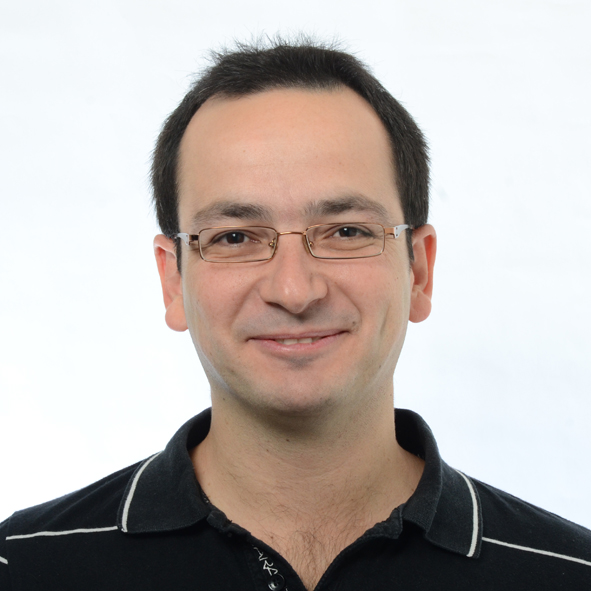

The OpenStack Community provides not only software. You can also learn working plans, working methods or working tools, for free! Since a while the OpenStack Foundation propagates the Four Opens:
- Open Source
- Open Design
- Open Developement
- Open Community
How can you adapt the idea for an enterprise company like Deutsche Telekom? And why should they do this? There are benefits on both sides and I would like to show some insights.


We will discuss OpenStack as a platform for Network Function Virtualization (NFV), from telecommunications operator perspective. Facing the future, with technologies such as 5G and ONAP on the horizon, we act today evolving elements of our network into the virtual domain. To begin, we will explore specifics of the problem and what differentiates telco solutions from regular applications. Going over the idea of Software Defined Networking, we will uncover different meanings that are hidden underneath.
We will present our experience with OpenStack-based NFVI (NFV Infrastructure) in the context of Orange Group. That will be the entry point to discuss further development and automation in this area. Next, we will touch upon roadblocks encountered during planning and deployment, as well as requirements raised by VNFs providers. The presentation will close with our long term vision about where virtualization is heading.



This pragmatic session will focus on the “so what” questions related to Artificial Intelligence (AI). It will cover the real-world technical capabilities based on current practices and the latest AI research, as well as the philosophical aspects and ethical implications of designing, developing, and operating human-impacting systems that leverage machine learning and advanced AI capabilities. Kaimar will specifically look at the impact of AI on agile software development and technical IT operations, plus he will discuss how to tune in and cut through the (marketing) noise of “AI-as-a-buzzword”. Join this session to find out the direction that AI is heading, key practical challenges, and the differences between AI, machine learning, and deep learning among other things. Discover what aspects of your role is or could be impacted by AI, and what it means in practical terms beyond the “your job will disappear” scare. Plus, take away practical considerations for leveraging AI in a responsible and ethical manner.


Zdjęcia satelitarne są duże i nieporęczne w przechowywaniu, a dodatkowym wyzwaniem jest przechowywanie danych historycznych. Podczas prezentacji zaprezentuję w jaki sposób Ceph ułatwia to zadanie. W jednej części skupię się na zaprezentowaniu w jaki sposób object storage jest realizowany w Cephie, popularnie zwany RadosGW, a w drugiej części przedstawię kilka pułapek, które napotkaliśmy podczas naszych przygód z Cephem, jak również wnioski na przyszłość.


The Marshmellow Challenge jest jedną z „zabaw” podejścia Design Thinking – zespoły muszą zbudować za pomocą dostępnych materiałów konkretne konstrukcje, które utrzymają piankę marshmallow. Ćwiczenie to jest świetnym sposobem do nauki wspólnego budowania, testowania i iterowania – niczym w prawdziwym projekcie IT 🙂
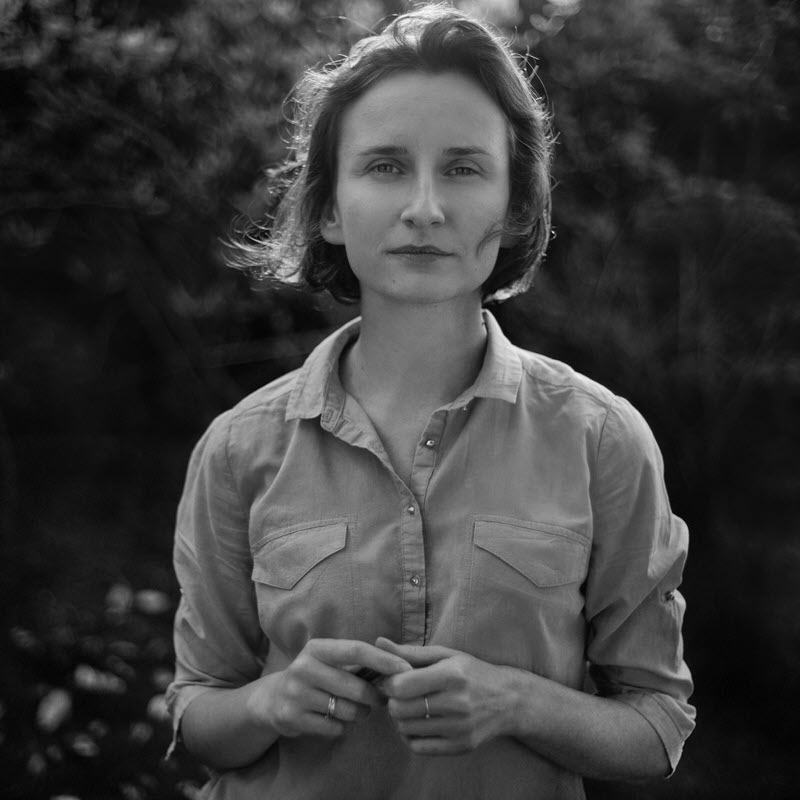

SUSE has always struggled with the fact that OpenStack is today mostly delivered as a traditional “Mode 1” application. So since when we gained so much experience with Kubernetes as an orchestration and management layer with our industry leading Containers as a Service Platform product we have been researching the best way to move the Control Plane of OpenStack to a Cloud Native containerised approach.
This will realise many benefits for customers, such as easier lifecycle management, better clustering reliability and more dynamic deployment techniques which ultimately offer higher Return on Investment for the services our customers need to deliver from the platform.
This has been done by others, but as SUSE’s primary value to its customers is delivering distributions that are fully tested and supported we could risk no short cuts.
So this session will explain our process, how we finally found the right vehicle in Airship to deliver the change whilst still offering Industry Leading Support and how we have worked with other projects, such as OpenStack-Helm to release the power of Airship’s sub projects such as Armada to now be in a position where we have an internal BETA running and expect to provide a customer technical preview soon.


W ramach prezentacji przedstawimy narzędzie, które obecnie stoi za jedną z największych infrastruktur testowych w świecie otwartego oprogramowania. Zrodzony jako wsparcie dla Jenkinsa, Zuul ewoluował i aktualnie – w wersji 3 – stanowi już pełnoprawny, samodzielny system automatyzacji procesów CI/CD. Opowiemy o komponentach z których Zuul się składa, przybliżymy zasadę jego działania, skonfrontujemy pokrótce z innymi narzędziami oraz pomożemy uruchomić przykładową instalację i rozpocząć pracę z tym narzędziem.



OpenStack cloud software is today providing advanced solutions for all the challenges that academic computing environments are faced with, like flexible infrastructure, span multiple locations at the same time, self-service compute environments, or high-volume data management.
The objective of this session is to speak about the main improvements and unique benefits that OpenStack is bringing to academic cloud computing environments like:
– benefit of a low cost system
– manage multiple cloud workloads successfully
– agile, flexible and scalable infrastructure
– optimize data center energy consumption
– dynamically reconfigurable environments
We will provide some examples together with valuable learning points gathered from a number of universities that we have worked with to get their OpenStack up and running in one cup of coffee, like top universities from UK and Germany, catering to workloads including machine learning, bioinformatics, high energy physics and particle physics.
Zero downtime operations in the open infrastructure cloud is a bonus! Join our session to hear more about it.

Kubernetes Cloud Provider Integration module provides a seamless integration with different cloud solutions. This allows Kubernetes users to take advantage of the underlying IaaS to automatically manage resources like Load Balancers, Nodes (Instances), Network Routes and Storage services; all of that both in private and public clouds. What are the benefits provided by this integration?
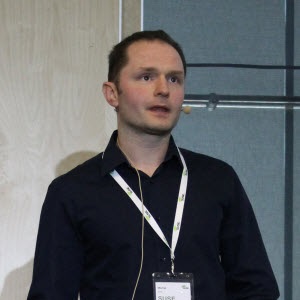

The Marshmellow Challenge jest jedną z „zabaw” podejścia Design Thinking – zespoły muszą zbudować za pomocą dostępnych materiałów konkretne konstrukcje, które utrzymają piankę marshmallow. Ćwiczenie to jest świetnym sposobem do nauki wspólnego budowania, testowania i iterowania – niczym w prawdziwym projekcie IT 🙂


Prezentacja przedstawia korzyści z zastosowania środowiska chmury hybrydowej w procesie budowania i utrzymania aplikacji różnego typu (klasycznych jak i nowoczesnych tz. CloudNative).


TripleO project recently changed the architecture where it decouples creation of infrastractrue from cloud configuration. Now Ansible takse care of configuration of cloud instance while Heat manages the infrastructure. This enables users to deploy new changes in existing cloud environments much faster and makes troubleshooting problems much easier.
Projekt TripleO, wykorzystywany jako jedno z dostępnych narzędzi instalacji OpenStack’a, niedawno zmieniło nieco architekture i wprowadziło funkcje config-download – która odziela zarządznie infrastrukturą od konfiguracji. Teraz Ansible dba o poprawną konfigurację OpenStack’a a Head zarządza zasobami tej chmury. To pozwala na wprowadzanie nowych zmian szybciej i ułatwia troubleshooing konfiguracji.
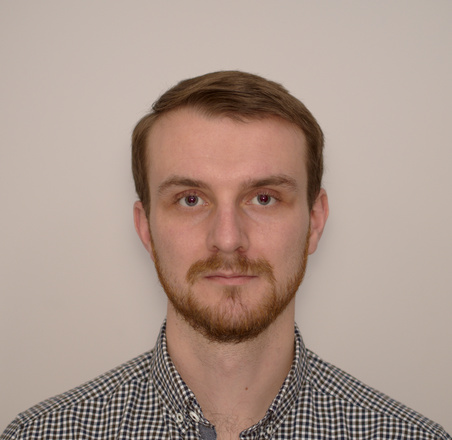

Many of us find managing containers in K8s very helpful but some of us still need to use VMs. Managing two different infrastructures is huge overhead. KubeVirt – K8s add-on helps to reduce it with native to K8s virtual machines. In this talk you will learn how we extended K8s and what were challenges to make it happen.


5G, Edge Computing, NFV oraz inne tematy wokół sieci, pojawiały się wielokrotnie na różnych wydarzeniach związanych z rozwiązaniami chmurowymi. Użycie 5G pojawia się także w reklamach operatorów komórkowych oraz w nowych usługach, oferowanych klientowi. Czym jest to 5G? Czy to jest to samo? Jak tego używać? Jakich rozwiązań można oczekiwać wykorzystując 5G? Kolokwialnie ujmując: co my, klienci, będziemy z tego mieli? W prelekcji będę chciał się skupić na przedstawieniu, z punktu widzenia teoretycznego, co pojęcia: 5G, Edge, NFV/VNF, znaczą w ogólności i w odniesieniu do OpenStack oraz jaki jest obecnie stan wsparcia tych elementów w OpenStacku. Chcę wskazać (o ile takie istnieją) praktyczne zastosowania OpenStacka w miejscach, gdzie 5G jest obsługiwane oraz jakie to ma przełożenie na użycie OpenStacka dla klienta usługi opartej o OpenStacka.


The Marshmellow Challenge jest jedną z „zabaw” podejścia Design Thinking – zespoły muszą zbudować za pomocą dostępnych materiałów konkretne konstrukcje, które utrzymają piankę marshmallow. Ćwiczenie to jest świetnym sposobem do nauki wspólnego budowania, testowania i iterowania – niczym w prawdziwym projekcie IT 🙂


Project Onboarding gives attendees a chance to meet some of the project team and get to know the project. Attendees will learn about the project itself, the code structure/ overall architecture, etc, and places where contribution is needed. Attendees will also get to know some of the core contributors.


The demand for cloud OPEX reduction emerging from strict and heterogeneous requirements of modern cloud applications motivates shifting the contemporary manual and semi-automated approaches into an autonomic management framework.
In this presentation, I will highlight the integration of OpenStack projects with the potential to accomplish the first step towards implementing such a framework. I will demonstrate, how to collect infrastructure performance metrics and define alarms in Monasca (Monitoring service), how to declare self-scaling and self-healing scenarios using Vitrage (RCA service), and how to describe advanced cloud workflows with Mistral (Workflow engine).
The overall presentation aims to give a holistic overview of available building blocks in the OpenStack ecosystem that enable modeling of self-organizing behaviors, as well as prove the benefits of employing them into the cloud environment. Bartosz Żurkowski
